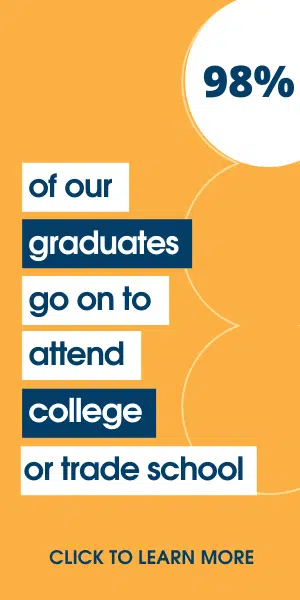What to Look for in At-Risk Youth Programs
The term ‘at-risk youth’ has many parts. A young person can be in danger or a danger to themselves and/or others in many ways. When you are looking for a program to help your teen, first you need to know precisely what their problem is. It’s a simple situation. Find out the disease before you prescribe the cure.So what exactly is troubling your teen? Are they experimenting with drugs? Are they mixing with the wrong crowd? Are they depressed? Do they have low self-esteem? Are they sexually promiscuous?
All these issues and others can be the central issue in the life of your at-risk youth. In some cases they may have a number of serious problems or issues in their life.
Whatever else you do, you must research the available programs, seek professional help and advice and quite probably have your troubled teen placed in one of the appropriate programs.
At-risk youth issues are not few and far between. There are countless youth at risk and many trouble spots in which they can become trapped. That is why federal and state authorities as well as community groups, churches and individual health professionals offer programs to help the young and vulnerable.
So as a concerned parent of an at-risk youth, what do you look for in a program to help your son or daughter?
- Appropriateness. If drugs are the problem for your child then you want a program which deals specifically with drug addiction. How to say no to drugs. How to avoid coming into contact with the drug culture. How to recover from any addiction. Make sure that the programs you investigate and the one you eventually choose is appropriate to the needs of your teen.
- History. How long has a particular program been running? Who created the program? What are the experience levels and the qualifications of the staff? Is the program widely recognized by professionals in the field of working with troubled youth?
- Recommendations. What do parents who have placed their child in the program have to say? Did it work? Has their child stayed clean and healthy since completing the program? What do the kids say?
- Staffing and Philosophy. Who runs the program? What is their experience? What are their qualifications? Who inspects the program and how often? What reports from an appropriate authority have been published and what do they say?
- Cost. Money may not be a factor for you. If it is, many institutions which offer programs for at-risk youth offer loan deals whereby you can pay over time. Many insurance policies include the cost of treatment. But whatever you decide, don’t skimp on the health treatment of your troubled teen.
There are general sites online which help with an overview of what is available. Sites like www.At-Risk.org are not-for-profit organizations which aim to help parents discover what is available for their son or daughter.
Determine the problem area for your teen, then check out the programs appropriate to that treatment of that problem and give your child all the help they need.
Here are additional resources you might be interested in:











